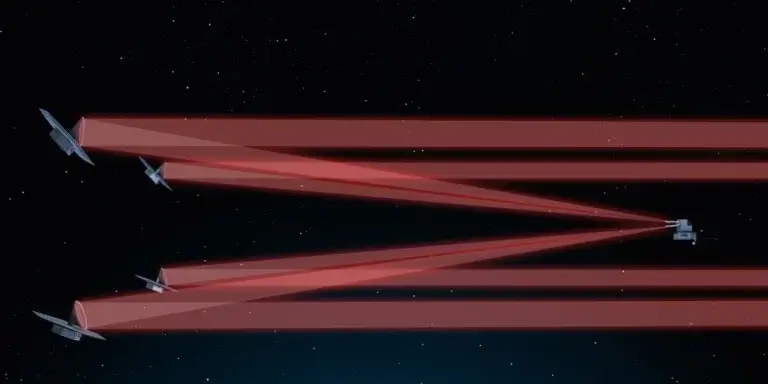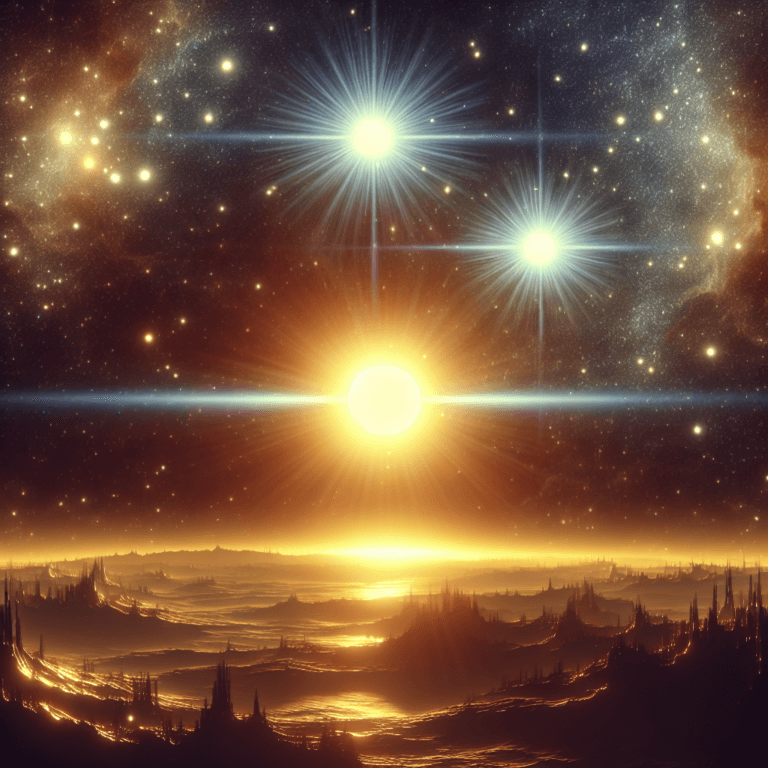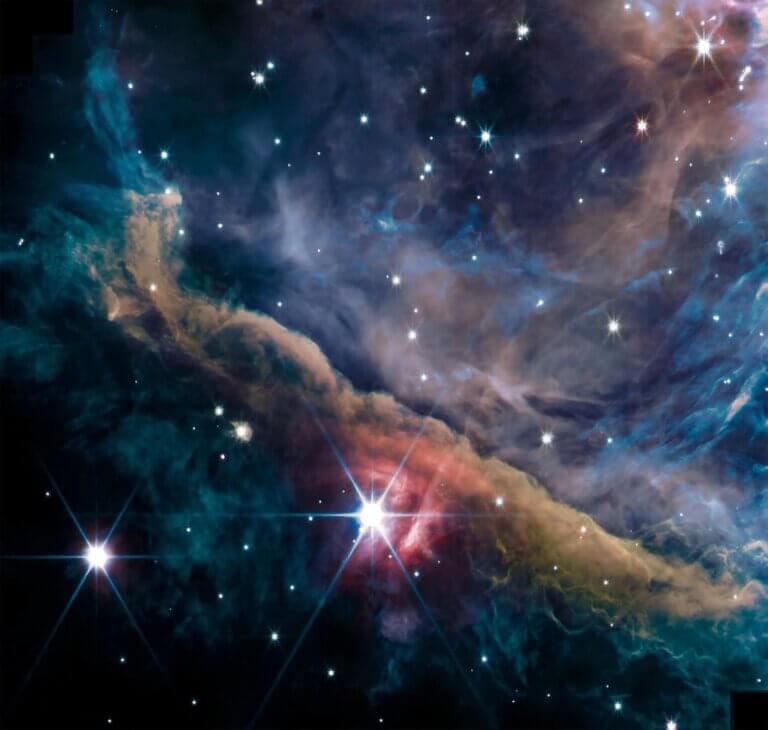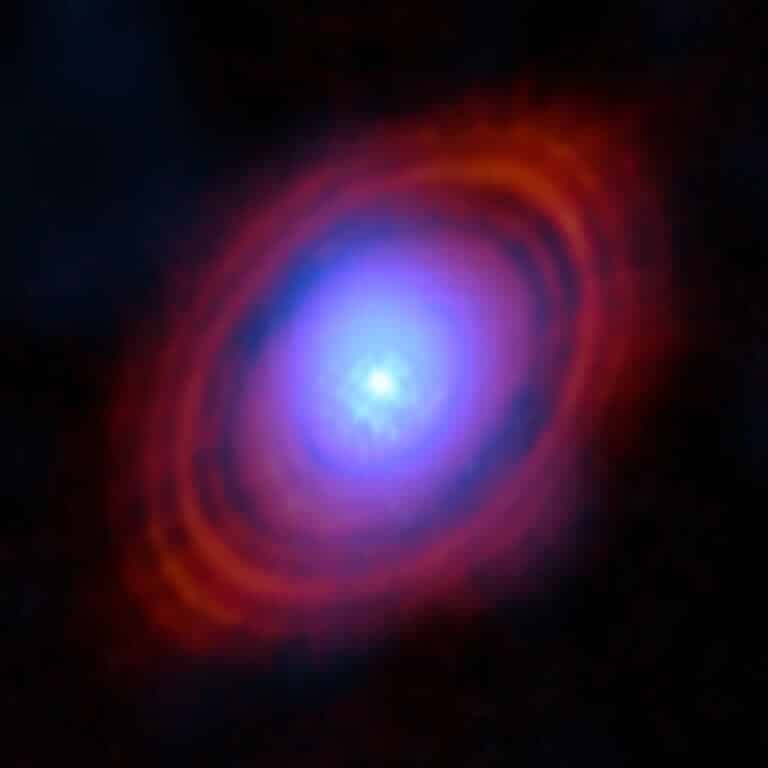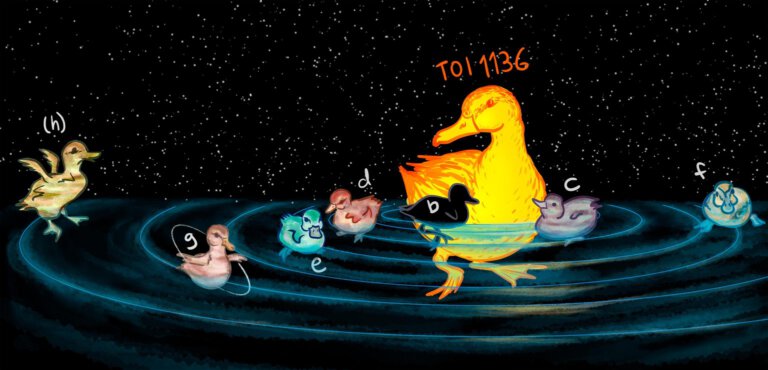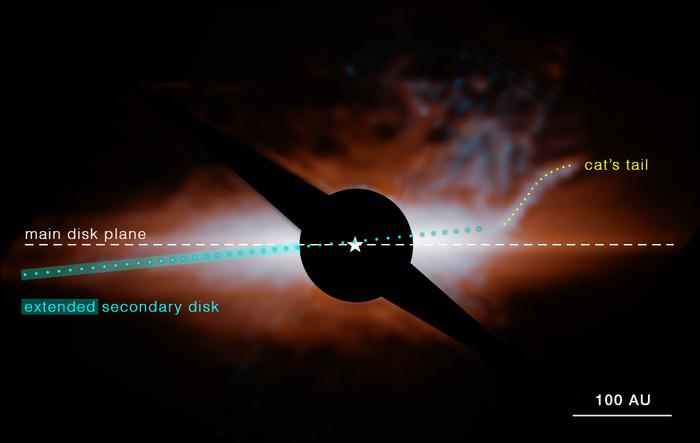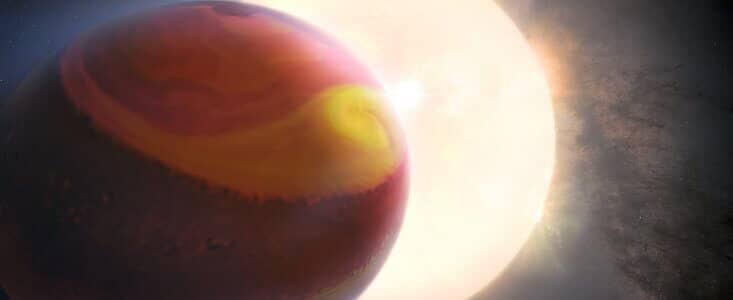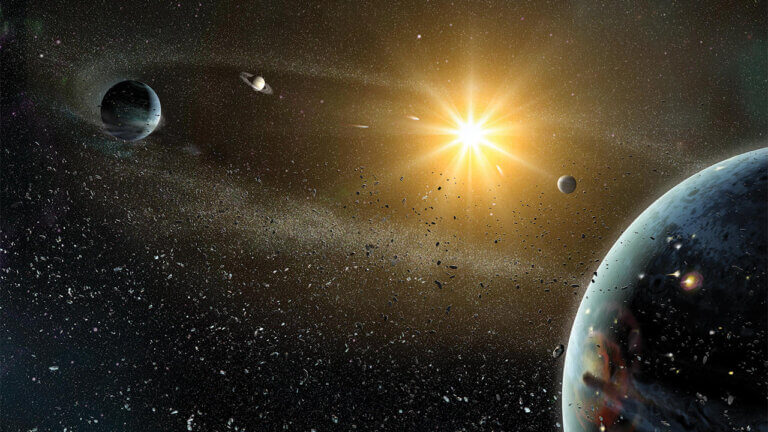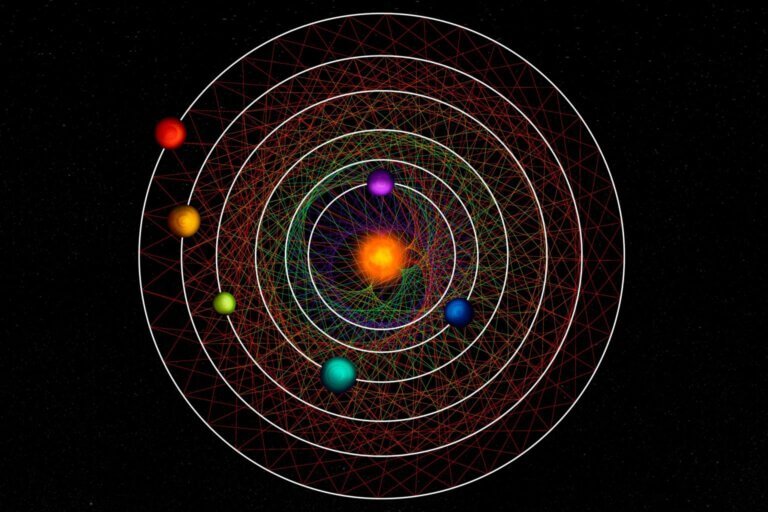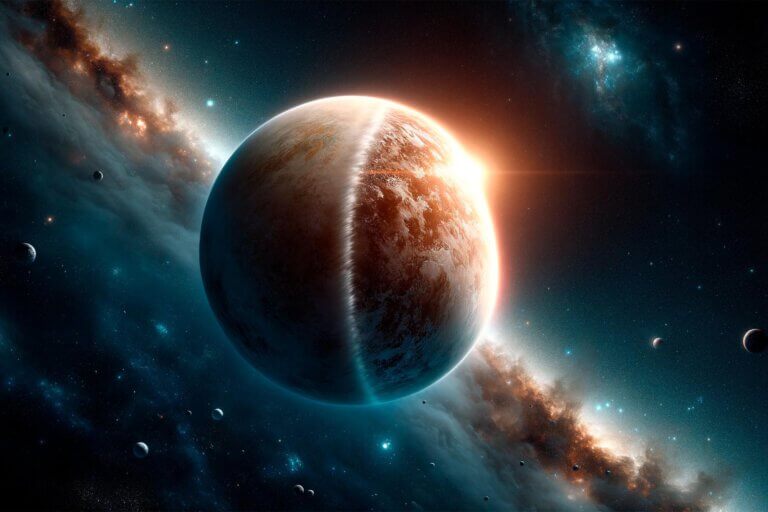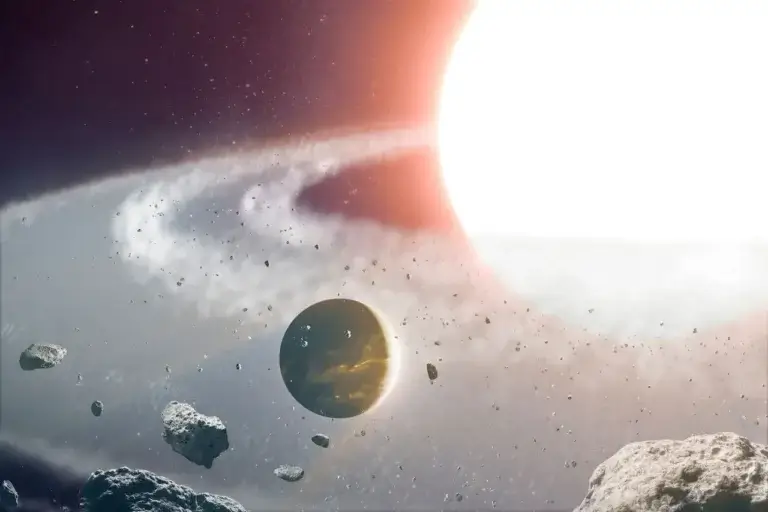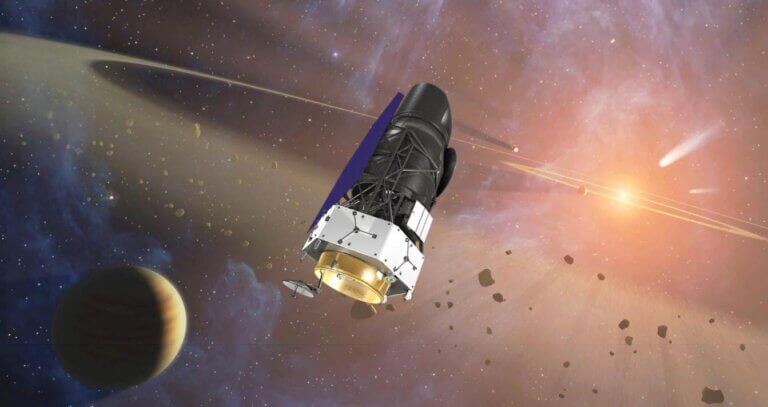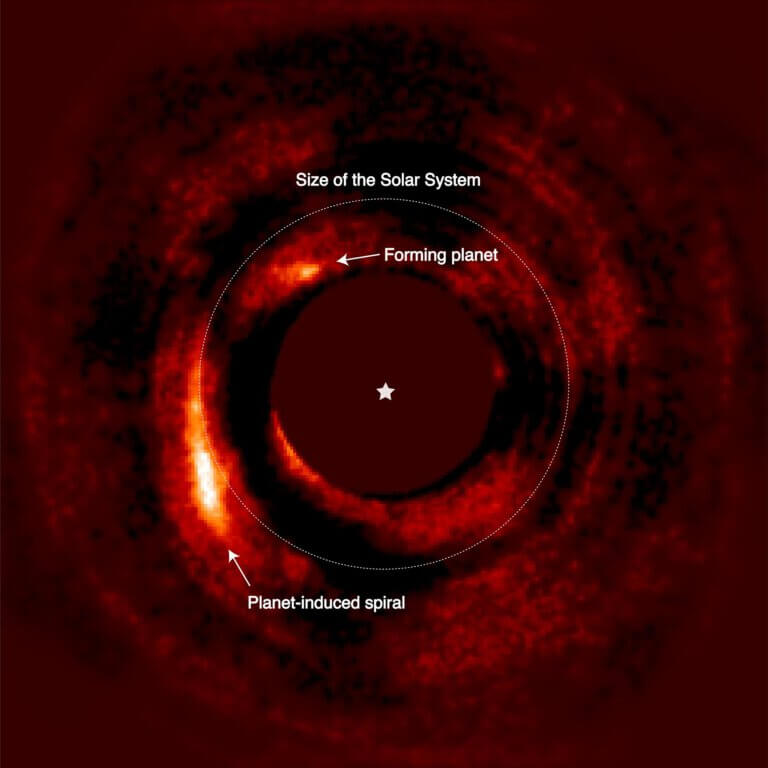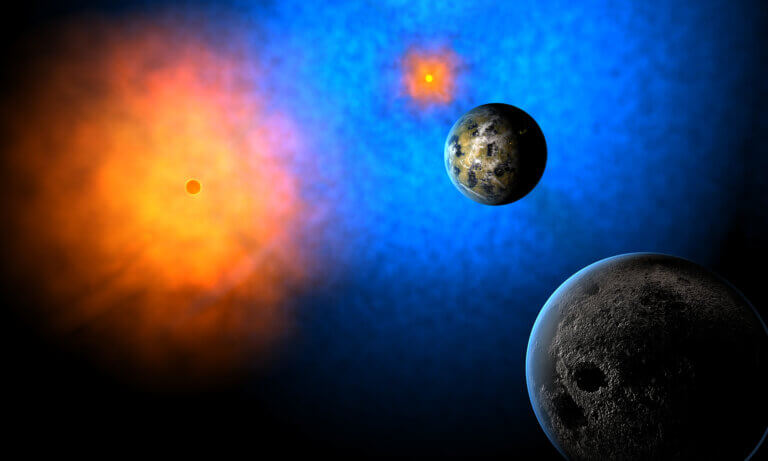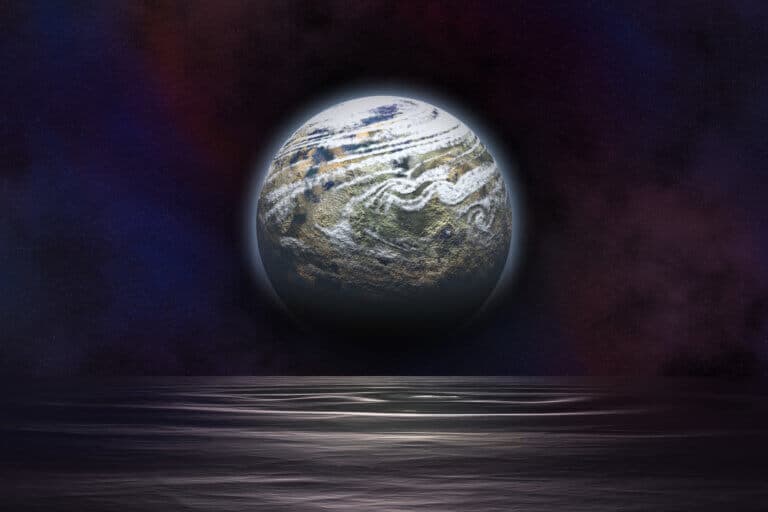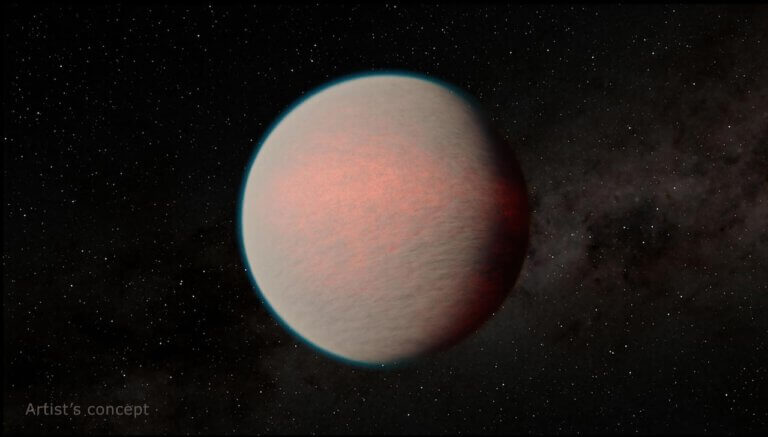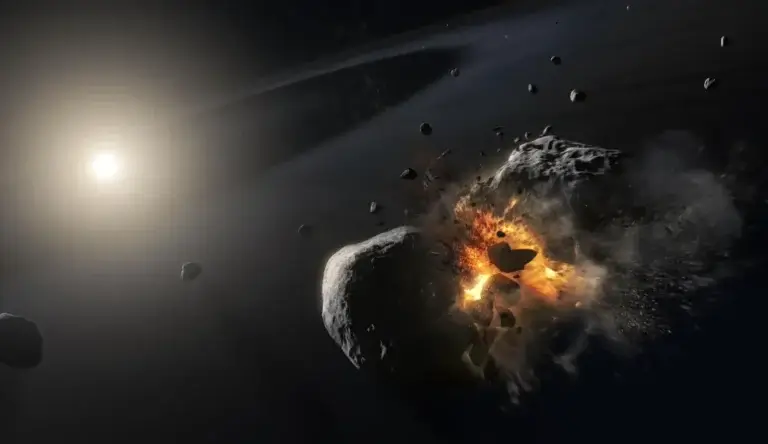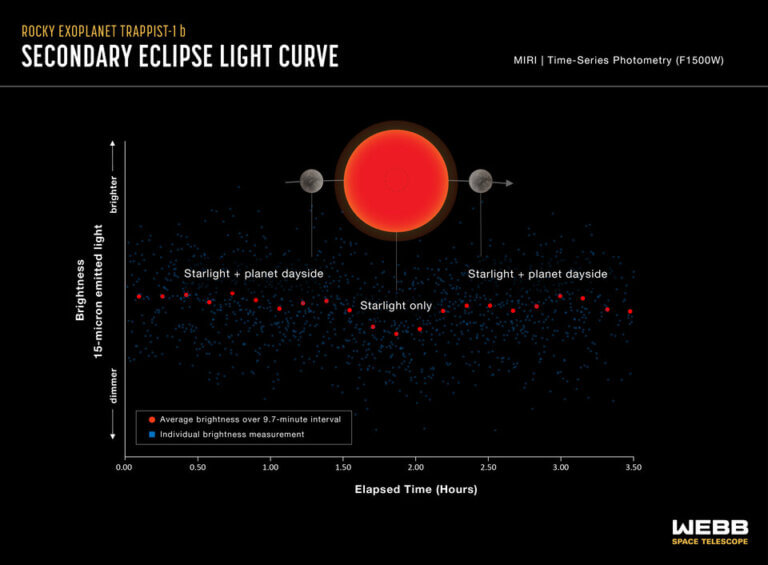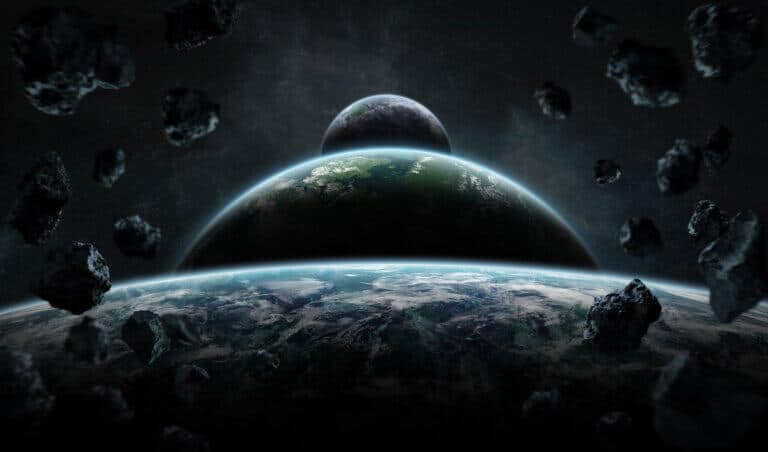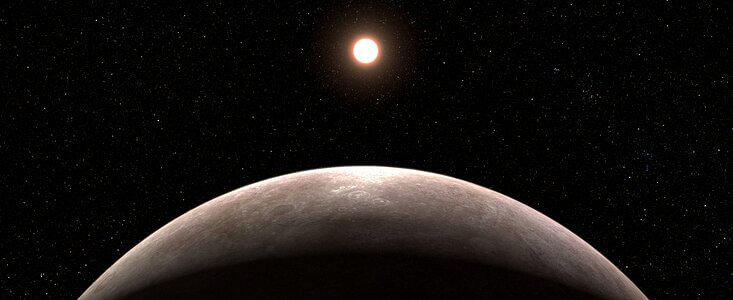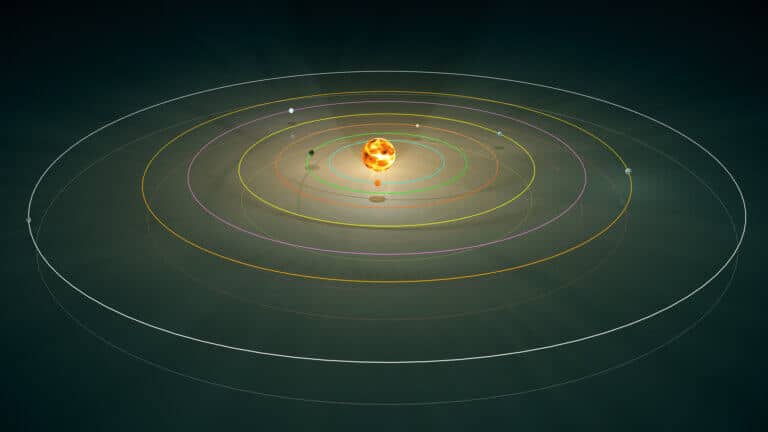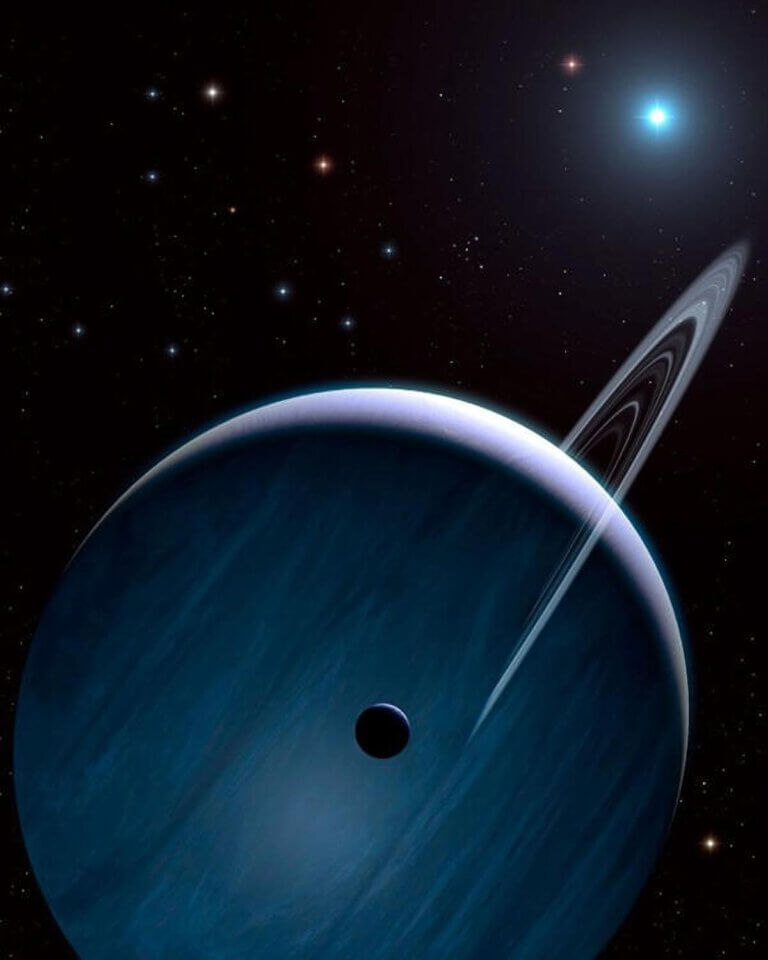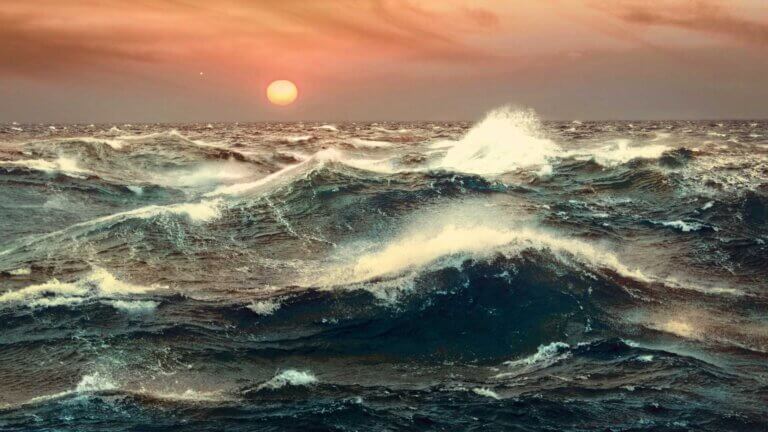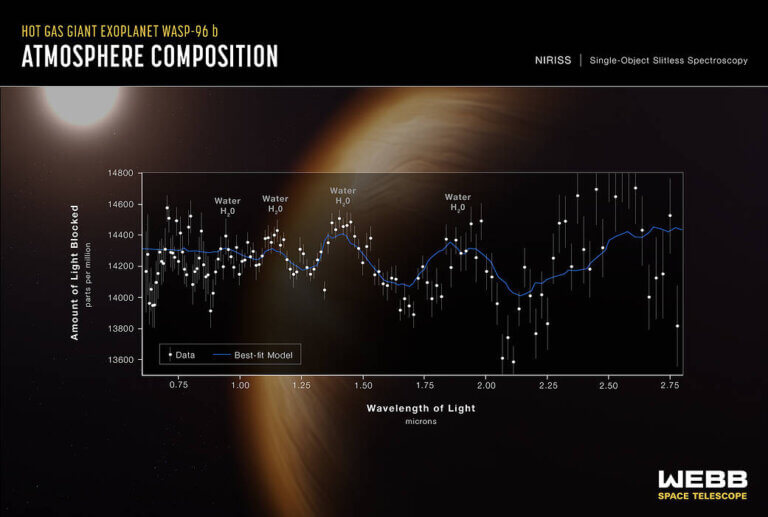Hayadan > Space and astronomy > Astrophysics > planets outside the solar system
planets outside the solar system
- Avi Blizovsky
- April 16, 2024
- 3 תגובות
The plan is to place five small satellites in space close to the Webb Space Telescope. Together these telescopes will act as a large telescope that will be used as an interferometer to receive infrared heat radiation from extrasolar planets. Finding life on Earth will give a good calibration of the spacecraft
- Avi Blizovsky
- April 12, 2024
- No comments
Professor Maza studied planets outside the solar system and even developed a method for discovering planets that allows expanding the search circle
- Avi Blizovsky
- April 1, 2024
- No comments
Scientists used Bayesian network analysis to study how scientific discoveries influence science fiction literature
- Avi Blizovsky
- March 22, 2024
- No comments
Researchers studying the Orion Nebula with the James Webb Space Telescope found that ultraviolet radiation from massive stars prevents the formation of giant planets in young systems by scattering their building materials.
- Avi Blizovsky
- March 1, 2024
- 3 תגובות
An amount of water at least three times greater than the water in all the Earth's oceans was discovered in the inner disk of the young Sun-like star HL Tauri, 450 light-years away from Earth, in the Taurus group
- Avi Blizovsky
- February 9, 2024
- One response
A newly discovered solar system with six confirmed extrasolar planets and a possible seventh increases astronomers' knowledge of star formation and evolution
- Avi Blizovsky
- January 16, 2024
- No comments
Beta Pictoris is a solar system in the making and relatively close so that the gas disks can be seen. It turns out that Webb was able to discover a structure that was not noticed in photographs with less sensitive instruments, thus he discovered a disk of gas tilted from our main disk and because of our vantage point it looks like a cat's tail
- Avi Blizovsky
- January 6, 2024
- No comments
An international team of astronomers compiled and reprocessed observations of the extrasolar planet WASP‑121 b collected by the Hubble Space Telescope in 2016, 2018 and 2019 and noticed weather patterns on its surface. It is a hot Jupiter-type planet - that is, on the order of Jupiter but very close to its sun
- Avi Blizovsky
- December 24, 2023
- 2 תגובות
Jupiter, the largest planet by far in our solar system, plays an important protective role. Its enormous gravitational field deflects comets and asteroids that might otherwise hit Earth, helping to create a stable environment for life to exist. But giant planets elsewhere in the universe don't necessarily protect life in their smaller, rocky neighbors.
- Avi Blizovsky
- December 14, 2023
- 2 תגובות
An international team of astronomers discovered a system of six planets orbiting the star HD110067 in a unique harmonic resonance
- Avi Blizovsky
- December 2, 2023
- 5 תגובות
Researchers have found that certain planets outside the solar system are shrinking due to the loss of their atmosphere
- Avi Blizovsky
- October 11, 2023
- 2 תגובות
The TESS space telescope discovered a planet that survived a merger between two stars as the merged star swelled to become a red giant
- Avi Blizovsky
- August 1, 2023
- 3 תגובות
NASA's Nancy Grace Roman space telescope, which will be launched in May 2027, will be able to find an astonishing number of 400 Earth-mass stray worlds. Indeed, in the new study, one such candidate has already been identified
- Avi Blizovsky
- July 17, 2023
- No comments
Protoplanets form from clumps of material in disks around newborn stars. When the planet is still forming, that is, when it is still collecting material, it is called a protoplanet. This is only the third protoplanet discovered
- Avi Blizovsky
- June 20, 2023
- 2 תגובות
An international team of astronomers has announced the discovery of a second planet in the circumbinary system (where planets orbit two suns) of the rare multiple planet BEBOP-1. This planet was discovered using the transit method and was noticed because it passed in front of the brighter of the two stars on different occasions
- Avi Blizovsky
- June 7, 2023
- 5 תגובות
A new study suggests that a third of the planets orbiting dwarf stars common to the Milky Way could potentially support life. As in the story of Goldilocks and the Three Bears, one plate is too hot, the second is too cold and the third is just right
- Avi Blizovsky
- May 17, 2023
- 9 תגובות
"The planet is completely covered in a kind of layer of fog or clouds," said Eliza Kempton, a researcher at the University of Maryland and lead author of a new paper on the planet published in Nature. "The atmosphere simply remained completely hidden from us until this observation." She noted that if the planet was indeed rich in water, it could have been a "water world", with large amounts of water and ice material at the time of its formation.
- Avi Blizovsky
- May 16, 2023
- 2 תגובות
The belts surround the hot young star, which can be seen with the unaided eye as the brightest star in the southern group Southern Pisces. The dust belts are fragments from the collisions of larger bodies, corresponding to asteroids and comets, and are often described as "fragment disks"
- Haim Mazar
- April 18, 2023
- No comments
For the first time, the temperature of a rocky planet was measured, as well as a planet similar to Jupiter but containing large amounts of heavy elements
- Avi Blizovsky
- March 8, 2023
- No comments
The study, published in the Astrophysical Journal, was led by researchers from the University of Arizona and the California Institute of Technology. The team used data from NASA's Kepler space telescope launched in 2009 to search for exoplanets, or planets orbiting stars other than our sun
- Avi Blizovsky
- January 13, 2023
- 2 תגובות
However, the conditions there are more reminiscent of Venus than Earth. It orbits a red dwarf in an orbit that lasts only two days * Webb was able to confirm the existence of the planet after only two orbits
- Avi Blizovsky
- December 18, 2022
- 6 תגובות
A computerized system classifies the atmospheres of planets outside the solar system. and determines which of them are capable of sustaining human settlement in the future
- Avi Blizovsky
- September 28, 2022
- No comments
Researchers at the University of Sheffield have proposed a new source for Jupiter-like planets orbiting massive stars three times the mass of our Sun
- Avi Blizovsky
- August 30, 2022
- 15 תגובות
The spectral analysis of TOI-1452 b shows that water may make up to 30% of the planet's mass, a proportion similar to that of several moons in our solar system, such as Jupiter's moons Ganymede and Callisto, and Saturn's moons Titan and Enceladus. The mass of water is only 1%
- Avi Blizovsky
- July 12, 2022
- 4 תגובות
The light spectrum - which contains information about the composition of a planetary atmosphere 1,150 light years away - reveals a clear signature of water * The strength of the signal that Webb detected hints at the significant role that the telescope will play in the search for potentially habitable planets in the coming years

